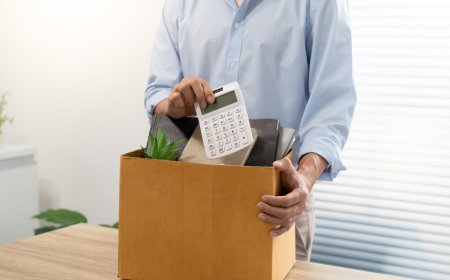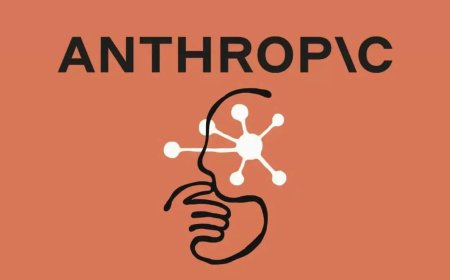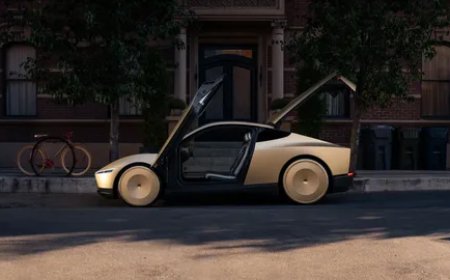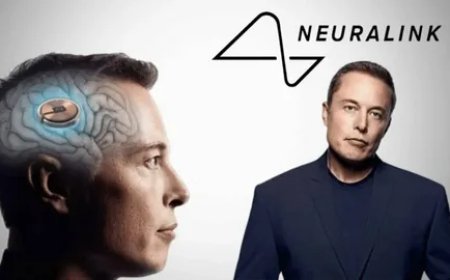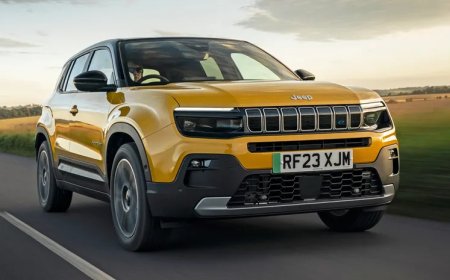Tesla Model 3 vs. BMW i4: Electric Sedan Showdown 2025
This article pits the 2025 Tesla Model 3 against the 2025 BMW i4, dissecting their performance, features, and promises made at launch versus what they deliver today, to see which electric sedan comes out on top in the 2025 showdown.

When the Tesla Model 3 and BMW i4 hit the scene, both promised to redefine the electric sedan market with cutting-edge tech, impressive range, and thrilling performance. Tesla’s Model 3, launched in 2017, aimed to bring affordable, long-range EVs to the masses, while BMW’s i4, introduced in 2021, vowed to blend the brand’s sporty heritage with electric efficiency. In 2025, both cars have evolved, but how do their current offerings stack up against those initial pledges? Let’s break down the key areas—range, performance, tech, and pricing—to see where each sedan stands and which delivers the better package.
Range: Promises vs. Reality
Tesla Model 3 Promises (2017): Tesla touted the Model 3 as a game-changer with up to 310 miles of range for the Long Range model, aiming to make range anxiety a thing of the past. They also promised access to the expansive Supercharger network for fast, convenient charging.
Tesla Model 3 in 2025: The 2025 Model 3 offers three trims: Long Range RWD (363 miles), Long Range AWD (341 miles), and Performance AWD (315 miles). The Long Range RWD hits the mark, exceeding the original 310-mile promise, while the AWD and Performance trims fall slightly short due to added weight and power. Tesla’s Supercharger network, with over 50,000 stalls globally, delivers on convenience, offering up to 250 kW charging (195 miles in 15 minutes). However, some X users complain about crowded stations in urban areas, and cold weather can cut range by up to 20%.
BMW i4 Promises (2021): BMW pitched the i4 with a range of up to 300 miles for the eDrive40 and 245 miles for the high-performance M50, emphasizing efficiency and fast charging up to 200 kW.
BMW i4 in 2025: The 2025 i4 lineup includes the eDrive35 (282 miles), eDrive40 (301 miles), xDrive40 (287 miles), and M50 (270 miles). The eDrive40 meets its promise, but the M50’s range is higher than initially claimed, though still below Tesla’s top trim. Charging at 200 kW (90 miles in 10 minutes) is solid but lags behind Tesla’s speed, and the i4 relies on third-party networks like Electrify America, which some Reddit users call “unreliable” due to broken chargers or long waits.
Verdict: Tesla edges out with longer range and a more robust charging network, but BMW’s eDrive40 delivers on its promise and offers competitive range for urban drivers.
Performance: Speed and Handling
Tesla Model 3 Promises: Tesla hyped the Model 3’s instant torque and blistering acceleration, with the Performance model targeting 0-60 mph in 3.5 seconds (later 3.1 seconds with rollout subtracted) and nimble handling for an EV.
Tesla Model 3 in 2025: The Performance AWD hits 0-60 mph in 2.9 seconds with 510 horsepower, surpassing early claims. The Long Range AWD (4.2 seconds, 425 hp) and RWD (4.9 seconds, 271 hp) are no slouches either. However, handling is a mixed bag—quick steering but less engaging than traditional sports sedans, as noted by Car and Driver. X posts praise the “ludicrous” straight-line speed but call the ride “twitchy” on winding roads.
BMW i4 Promises: BMW promised a driver’s car with sporty handling, leveraging its 3 Series heritage. The M50 was pitched to hit 0-60 mph in under 4 seconds with 536 horsepower, blending power with precision.
BMW i4 in 2025: The M50 delivers 536 hp and 0-60 mph in 3.7 seconds, slightly slower than promised but still potent. The eDrive40 (335 hp, 5.5 seconds) and eDrive35 (281 hp, 5.8 seconds) are less thrilling but adequate. BMW’s strength is handling—its balanced chassis and responsive steering shine on backroads, earning praise from TractionLife for feeling like a true sports sedan. However, some users on Reddit note the i4’s heavier weight (4,800 lbs for M50 vs. Model 3’s 4,048 lbs) makes it less agile in tight turns.
Verdict: Tesla wins on raw acceleration, but BMW takes the crown for handling and driving dynamics, staying truer to its sporty promise.
Technology and Features: Innovation Delivered?
Tesla Model 3 Promises: Tesla sold the Model 3 as a tech powerhouse with a minimalist 15-inch touchscreen, over-the-air updates, and advanced driver aids like Autopilot, with Full Self-Driving (FSD) as a future goal.
Tesla Model 3 in 2025: The 15.4-inch touchscreen remains a standout, controlling nearly all functions, though some X users find it distracting for tasks like adjusting wipers. Over-the-air updates keep the car fresh, but FSD ($8,000-$12,000 add-on) still isn’t fully autonomous, falling short of Elon Musk’s 2019 claims of robotaxi readiness by 2020. Autopilot is robust but lacks Apple CarPlay/Android Auto, a sore point for buyers. The minimalist interior, with vegan leather and a glass roof, feels futuristic but lacks the premium tactile feel of rivals.
BMW i4 Promises: BMW pitched the i4 with a luxurious, tech-laden cabin, featuring a curved 12.3-inch gauge cluster and 14.9-inch touchscreen, plus Apple CarPlay/Android Auto and premium amenities like a Harman Kardon audio system.
BMW i4 in 2025: The i4’s dual-screen setup delivers, with crisp graphics and iDrive 8.5 offering intuitive navigation, though some Reddit users find the climate controls cumbersome. Standard Apple CarPlay/Android Auto and optional features like adaptive cruise control and a Hans Zimmer-designed acceleration sound hit the mark. The cabin’s premium materials, like Vernasca leather, outshine Tesla’s, but the lack of a front trunk (unlike Tesla’s) and a cramped rear due to the battery hump disappoint, as noted by Business Insider.
Verdict: BMW offers a more traditional luxury experience with broader connectivity, while Tesla’s tech is bolder but misses on polish and promised autonomy.
Pricing and Value: Worth the Cost?
Tesla Model 3 Promises: Tesla aimed for affordability, with a base price of $35,000 (pre-incentives) and a $7,500 federal tax credit to undercut premium rivals.
Tesla Model 3 in 2025: Starting at $34,990 (RWD), $42,490 (Long Range AWD), and $49,990 (Performance), the Model 3 remains eligible for the tax credit, effectively dropping prices to $27,490-$42,490. This undercuts most luxury EVs, delivering strong value, though maintenance costs for panel gaps or software glitches can add up, per Digital Trends.
BMW i4 Promises: BMW positioned the i4 as a premium option, starting around $52,000, with a focus on luxury and performance over budget pricing.
BMW i4 in 2025: The i4 starts at $53,975 (eDrive35), $57,300 (eDrive40), and $65,900 (M50), with no tax credit eligibility. Options like the Premium Package ($2,500) or Harman Kardon audio ($875) can push the M50 past $70,000, making it pricier than Tesla. The i4’s two years of free 30-minute Electrify America charging helps, but higher maintenance costs (due to fewer EV-specific parts) sting, per TrueCar.
Verdict: Tesla delivers better value with lower prices and tax incentives, while BMW’s premium pricing aligns with its luxury promise but feels steep.
Final Showdown
The Tesla Model 3 exceeds its range and price promises, offering unmatched charging access and blistering speed, but its handling and interior polish fall short of the futuristic vision. The BMW i4 nails its sporty handling and luxury cabin goals, with competitive range, but its higher cost and less reliable charging network don’t fully match the premium EV dream. For value-driven buyers prioritizing range and tech, the Model 3 is the winner. For those craving a driver’s car with upscale vibes, the i4 steals the show. Neither fully lives up to their lofty debuts, but both prove electric sedans are here to stay.
What's Your Reaction?
 Like
0
Like
0
 Dislike
0
Dislike
0
 Love
0
Love
0
 Funny
0
Funny
0
 Angry
0
Angry
0
 Sad
0
Sad
0
 Wow
0
Wow
0



